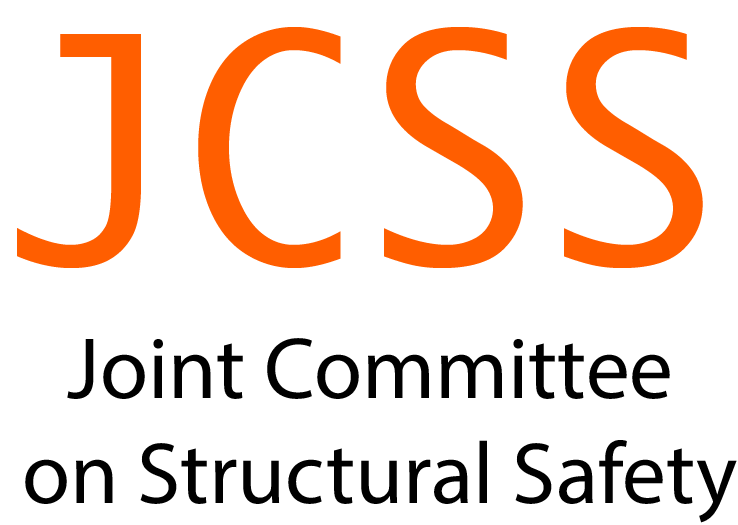Target reliabilities in codes of practice#
Ton Vrouwenvelder (Professor (em.), TNO, The Netherlands)
Most structural codes of practice do not deal directly with the acceptance of risk. The commonly followed procedure is that for each failure mode a rough assessment is made of the possible consequences. The consequences are usually expressed in terms of loss of human lives and economic/environmental losses. Based on a classification system a reasonable acceptable minimum reliability level is specified. The final step in this process is the translation of the reliability level into a set of partial factors, to be used in the actual design or assessment.
Given this situation it seems worth to discuss the following issues:
In most regional or national codes the cost of safety measures is not taken explicitly into account. Implicitly it may play a role when a differentiation is made between accidental and normal loads or new structures versus existing ones.
The degree of warning (e.g. brittle versus ductile failure) plays an unclear role in the system.
In the case of fire safety, the time for (self)rescue is an important issue which is not well covered by present day codes.
As far as life safety is concerned, there seems to be a primary focus on the total number of human lives that may be lost in case of collapse. However, various countries may have rules for a maximum acceptable individual risk. In some cases that may lead to more stringent requirements.
Environmental issues and use of recourses in view of sustainability targets are getting more and more important.
